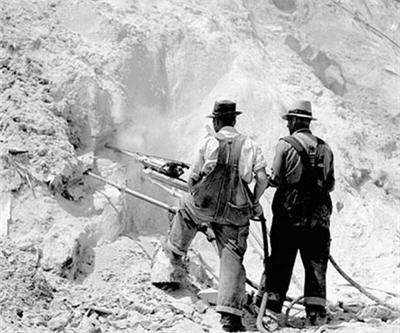
The mining industry is a big employer in Canada, but according to new data we may have underestimated just how big. The Canadian Mining Associations’ (MAC) latest Facts & Figures report reveals a “dramatic increase” in the number of Canadians employed in mining and related sectors.
In 2012 the industry employed more than 418,000 people in full-time-equivalent positions – compared with 333,000 in 2011 – according to the Association, which based its research on Natural Resource Canada’s estimates, most of which are from 2012.
Previously, data did not capture support activities such as drilling and exploration. The inclusion of these jobs accounts for most of the increases in mining sector employment.
“This remarkable employment figure is a much more accurate view of the Canadian mining industry’s role as both a major employer and economic driver in Canada,” said MAC CEO, Pierre Gratton. “It also adds to our already impressive employment figures. Not only is the mining industry the top paying industrial sector in the country, but it is also the largest private sector employer of Aboriginal people on a proportional basis and supports thousands of indirect jobs.”
Facts and Figures
Challenges
Despite a dismal year for commodity prices and the threat of a slowdown in the pace of China’s economic growth, the MAC remains optimistic about the mining industry’s prospects, pointing to the sector’s cyclical nature.
“Given the growth projections for China, India and elsewhere, and assuming a positive investment environment, demand for minerals and metals is likely to remain strong over the medium to long term,” MAC wrote.
The main challenges identified by the Association are related to regulation, taxes, and human resources. According to the MEC, mine proposals and expansions have to go through too many environmental assessments and there’s too much uncertainty surrounding new approval processes – which are supposed to be more efficient and timely.
Another concern is the so-called “deficit” in workers, which MAC says will be compounded by the approaching retirement of many skilled workers.
“Addressing the human resources challenge will take a large and coordinated effort by the industry, educational institutions and all levels of government in the coming years.”
Finally, the MAC also points to a need for infrastructure investment. As the largest customer group of Canada’s transportation sector, the Association says the mining industry must be able to rely on more modern and efficient transportation infrastructure at competitive prices.